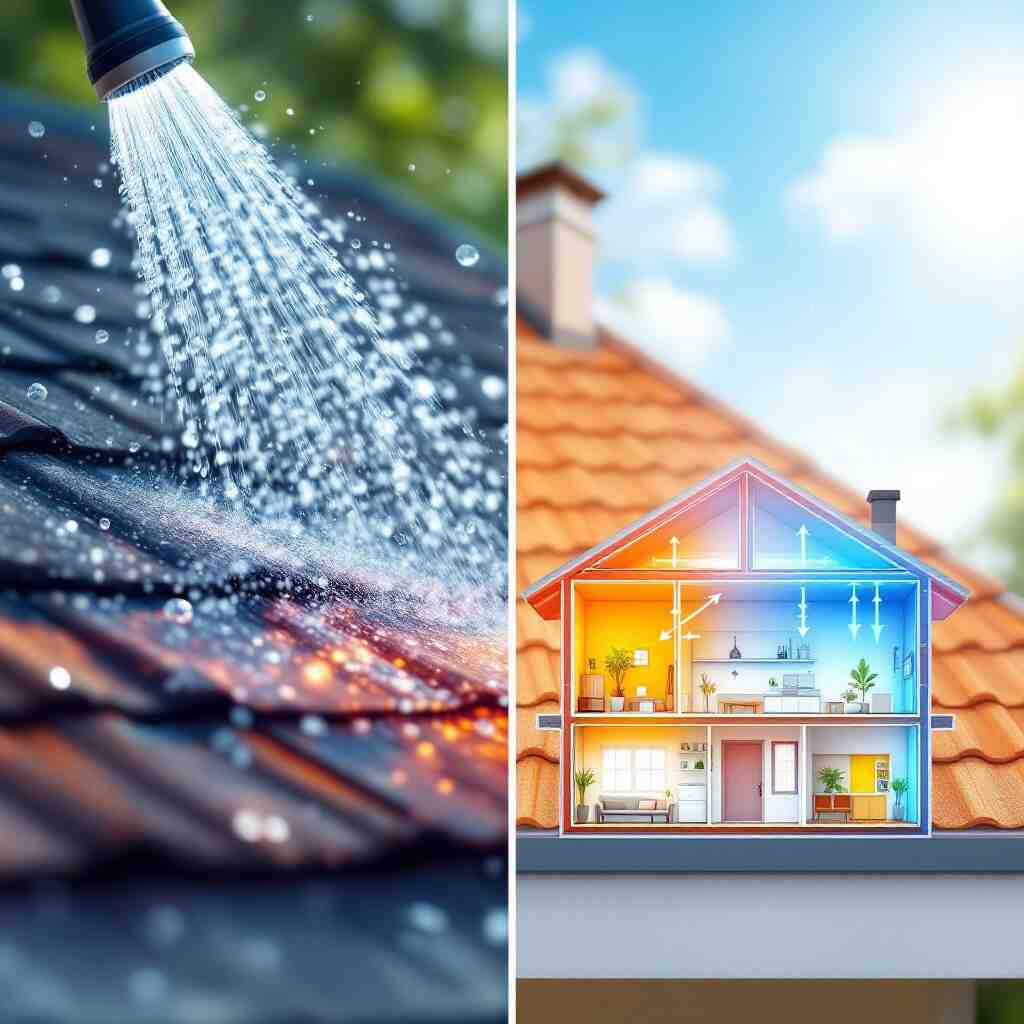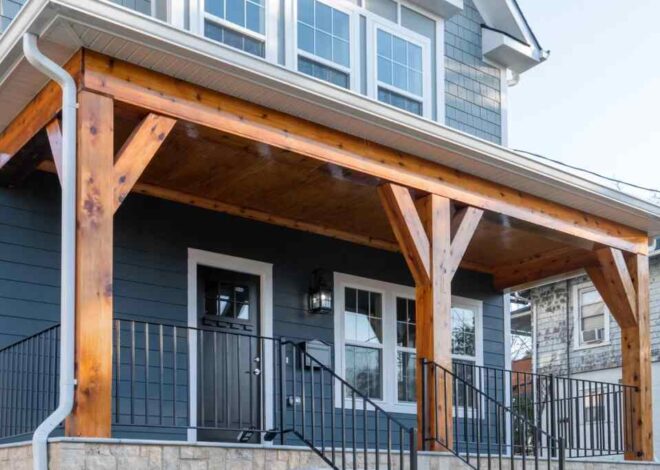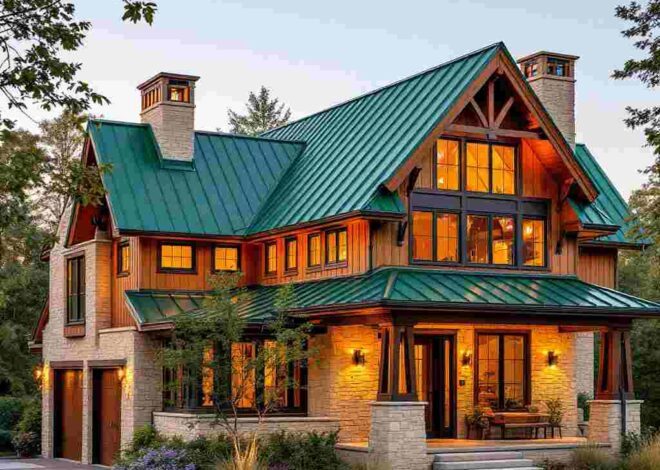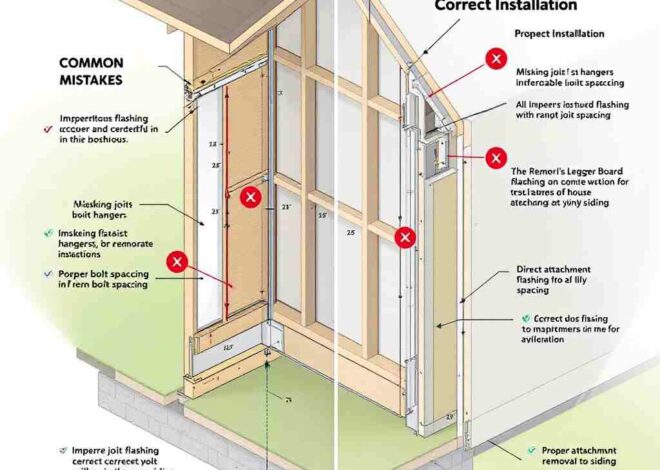
Water spray on home roof tops reduces temperature by how much?
With the summer heat on, many homeowners want to know how to keep your home cool without spiking energy bills. In hot climates, one tool used historically is spraying water on roofs. This method makes use of evaporative cooling, a process where water absorbs heat while evaporating, helping to lower temperature of surrounding air.
What is Evaporative Cooling?

Definition and Process
Evaporative cooling happens when water evaporates and takes in heat, thus lowering the temperature of the surrounding air. This principle is widely used in various types of cooling systems, such as swamp coolers, and it is also the principle behind spraying water on rooftops to cool them down.
Scientific Basis
Evaporative cooling is based on the principle of heat transfer. When water on a surface evaporates, it requires heat energy from the surface, lowering the temperature of the surface and the adjacent air. Under temperature and humidity conditions that we will discuss below, this process is more effective.
How Spraying Water Lowers Roof Temperature

Mechanism
Spraying water on a rooftop absorbs heat from the roof material as the water evaporates. Depending on other factors this can show a reduction in roof surface temperatures between 5-15°C.
Factors Affecting Efficiency
Climate and Humidity: The fundamental efficiency of evaporative cooling drops in high humidity because when the air already contains a lot of moisture, the evaporation rate decreases.
Roofing Material: Heavier materials, e.g., concrete and shingles, absorb and retain heat differently than lighter materials like corrugated sheets, influencing how effectively water can cool the surface.
Timing and Xrequency of Spraying: For optimal cooling effects, water should be sprayed every 10–25 min. during warmest parts of the day.
Comparison with Other Methods
Other cooling methods include cool roof materials which reflect heat or green roof installations. Although they can cool down as well, these have higher costs and maintenance requirements. Water spraying is typically cheaper but must be applied frequently.
Impact on Indoor Temperature

Temperature Reduction
Studies have shown that a roof can be cooled by 3–7°C, leading to improved indoor thermal comfort in summer.
Comfort Levels
When the roof temperature is lowered, it helps to reduce the heat that is transferred from the roof to the indoor spaces, making the living environment much more comfortable.
You may also read (is house wrap safe to use on my roof)
Energy Savings
By continuing to cool roofs, as indoor temperatures are reduced there will be a decreased dependency on air conditioning units leading to a reduction in energy use of 25–30% which adds up to a lot of savings with time.
Methods for Spraying Roofs with Water

Methods
Sprinkling: It consists of sprinkling water by hand at specific intervals on the roof.
Automated Systems: Automated systems use sensors and timers to optimize when water is sprayed, based on temperature and humidity.
Optimal Practices
These systems deliver uniform coverage of water, meaning they can cool an area quite well.
Timing: According to Solar Radiance, the cooling effect can be maximized by spraying at midday, when solar radiation is highest.
Water Consumption Concerns
Water use has to be factored in, particularly where there is water scarcity. Fact: It takes about 100 gallons to cool off an acre of rooftop 1 degree Fahrenheit.
- The water sprinkling on roofs is based on natural cooling phenomena.
- Thermo Insulation: Reduces roof surface temperatures by up to 15°C in favourable conditions.
- Extended Roof Life: Prevents Damage Due to Thermal Expansion & Contraction
- Energy Saving: Termite Insulation reduces reliance on electrical cooling systems letting the energy bill down.
Limitations and Challenges
- Availability of Water: One should know that high usage of water may be unavailable if one is staying in drought-prone areas.
- Influenced by humidity: Not as effective in humid climates, limiting its applicability.
- Structural Risks: If there is an installation or maintenance error, the damage will be done as a result of moisture over the years.
Spraying Water vs Other Cooling Methods
| Cooling Method | Temperature Reduction | Cost | Efficiency |
|---|---|---|---|
| Spraying Water | Up to 15°C | Low | High |
| Cool Roof Materials | Up to 8°C | High | Moderate |
| Green Roofs | Up to 10°C | Very High | High |
Use Cases and Examples from Real-Life
Research Examples: Studies indicate that in tropical climates automatic sprinklers can lower indoor temperatures of structures by as much as 7°C.
Homeowner Experiences: Users report that roof sprinklers can save energy 5 kWh approximately daily.
Frequently asked questions about spraying water on roofs
Spraying water on yourself makes sense since the evaporation of water causes cooling. Yes, it can decrease roof temperature significantly via evaporative cooling.
How far can indoor temperature fall? Depending on a multitude of factors, research indicates up to a 7°C reduction.
Is it cost-effective? It does necessitate upkeep, but it’s cheaper overall than other cooling methods such as green roofs.
Conclusion
For further coolness, spraying water on rooftops is a simple and effective way to mitigate heat, particularly during the peak summer months. Apart from cooling down the floor, it effectively lowers the temperature inside the house which ultimately helps in cutting down energy cost as it lessens air-conditioning usage. For such benefits at an affordable cost, it is a practical choice for individuals seeking to upgrade comfort in their homes sustainably. If you’re looking for ways to cool down your home, this method might work for you and will be a worth it investment.
You may also read (how can i close a hole in my roof)


